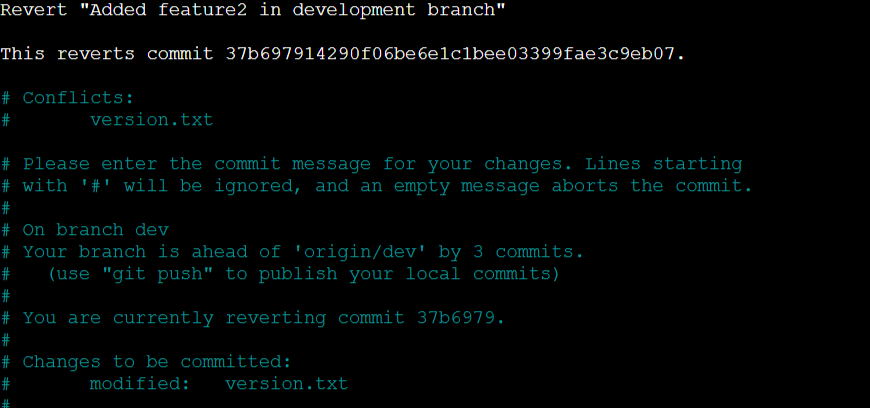Day 13 Task: Advanced Git & GitHub for DevOps Engineers
 Amit singh deora
Amit singh deoraIn this task, you’ll explore advanced Git concepts like branching, reverting/resetting commits, and rebasing/merging. These concepts are crucial for collaborative software development and maintaining clean, structured code repositories.
1. Git Branching
Branches are a fundamental part of Git. They allow you to isolate development work from the main codebase. Each repository starts with one default branch (typically "main" or "master") and can have multiple branches for features, bug fixes, or experiments.
Why Branching? It’s ideal for working on features or fixing bugs without interfering with other parts of the project.
How It Works: Once you create a branch, you can commit changes to that branch. When the feature is ready, you can merge it into the main branch via a pull request.
2. Git Revert and Reset
Both git revert and git reset allow you to undo changes, but they work in different ways:
Git Reset: Moves the branch pointer to a previous commit. You can use this when you want to remove commits and rewrite history.
Git Revert: Creates a new commit that undoes the changes of a previous commit without altering the commit history. It's safer when you're working with a team.
3. Git Rebase and Merge
Git Rebase: This command integrates changes from one branch to another by modifying the commit history. It’s useful for keeping a clean project history by avoiding unnecessary merge commits. However, it rewrites the commit history, so you should be careful when using it with shared branches.
Git Merge: Combines changes from one branch into another while preserving the commit history of both branches. It’s great for maintaining the context of changes.
Tasks
Task 1: Feature Development with Branches
Create a Branch and Add a Feature:
Add a text file called
version01.txtinside theDevops/Git/directory with “This is the first feature of our application” written inside.
Create a new branch from
master.
git checkout -b dev
Commit your changes with a message reflecting the added feature.

Push Changes to GitHub:

Add More Features with Separate Commits:
Update
version01.txtwith the following lines, committing after each change:1st line:
This is the bug fix in development branch
2nd line:
This is gadbad code
3rd line:
This feature will gadbad everything from now
Restore the File to a Previous Version:

Task 2: Working with Branches
Demonstrate Branch Structure Create 2 or more branches and take screenshots to visualize the branch structure. You can list branches with:
git branchExample:
git checkout -b feature-1 git checkout -b feature-2Take screenshots of these branch structures to document the workflow.
Merge Changes into Master Make some changes to the
devbranch and merge them into themaster(ormain) branch:git checkout master git merge devPractice Rebase Rebase the
devbranch on top of themasterbranch:git checkout dev git rebase masterObserve the difference: Instead of a merge commit, the rebase will place the
devbranch's commits on top of themasterbranch as if they were committed sequentially after the master’s commits.
Conclusion
By diving deeper into Git, you’ve explored critical workflows like branching, merging, reverting, and rebasing. These advanced operations allow you to manage project development with precision, ensuring code quality, collaboration, and a clean commit history.
*
Subscribe to my newsletter
Read articles from Amit singh deora directly inside your inbox. Subscribe to the newsletter, and don't miss out.
Written by

Amit singh deora
Amit singh deora
DevOps | Cloud Practitioner | AWS | GIT | Kubernetes | Terraform | ArgoCD | Gitlab